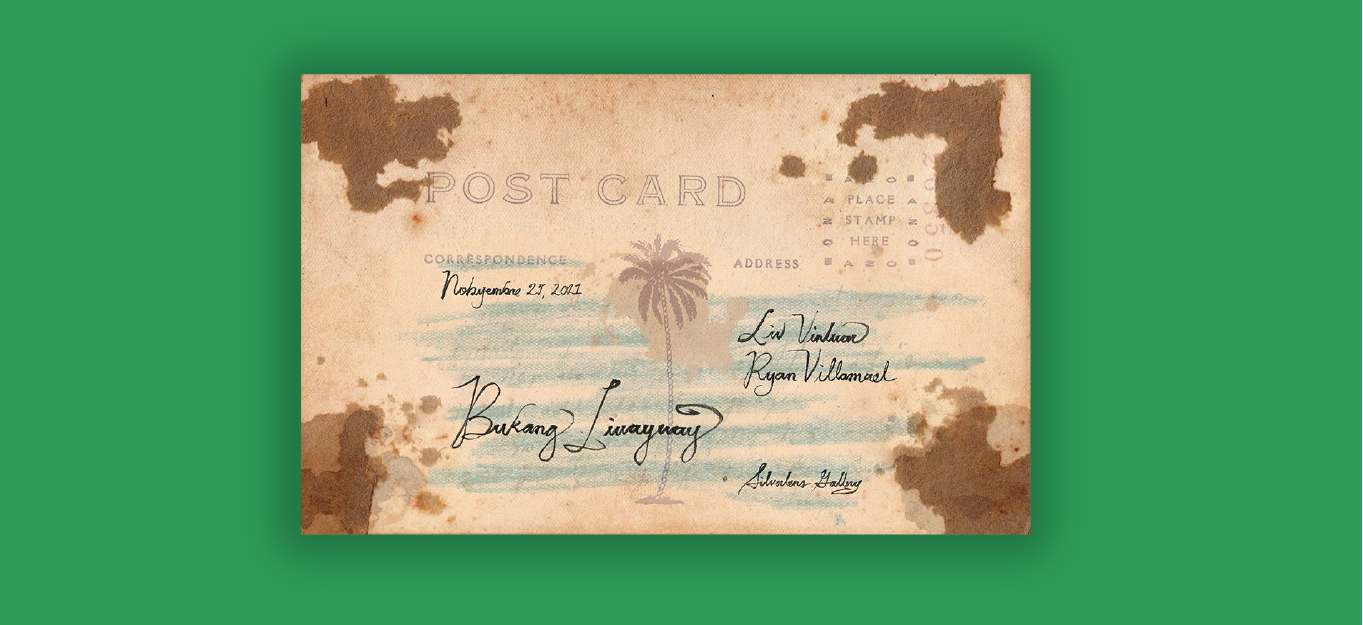
Bukang Liwayway
Ryan Villamael & Liv Vinluan
Silverlens, Manila
About
History, as much as it is literature, is material—scrolls and codices, maps and photographs, etchings on a copper plate and writings on the (digital) wall. Seen this way, history becomes more palpable as a thing arranged and arrayed, sequenced and sequestered into rectangles of paper, its linear chronology nothing but the fingers moving through the pages of a book. The document is not mere medium, but the organizing principle, whose limitations and possibilities directly implicate in how history is shaped. There is no history, at least how we understand it, without printed matter, which becomes alive at the touch of human flesh as the eyes scan and make intelligible the permutations of the alphabet.
In Bukang Liwayway, Liv Vinluan and Ryan Villamael reckon with history’s physical properties. Known for their material manipulations and eloquent engagements with maps, photographs, and Colonial Period illustrations, the artists re-energize some of their recurrent themes to locate terra firma in the face of loss, instability, and questions about the nature of truth. While certain contact points between their works exist, chiefly the jouissance in consulting and appropriating archival documents, they pursue not a collaboration but a disarticulation of the stitches of their related/relational practices, prompting multiple forays into how history may be envisioned, executed, and extended into ostensible space.
How the gallery, bathed by the warm color of an equatorial sun, unfolds with images of tropicalia—indigenous flora, native habitations, pre- and Hispanic clothing and weaponry, effulgent celestial bodies, shifting archipelagic islands, bodied forth by the contained environments of Villamael and the sprawling topographies of Vinluan—which involve cutouts, both promised and performed. From three-dimensional models to flattened discs to Jacob’s ladder constructions, their works constitute a malleable geography on which coordinates may be plotted to ascertain dense, hectic, and volatile hotspots of the post-colonial psyche, which is to say, the contemporary Filipino consciousness.
In the works of Vinluan, the circle functions as a structuring device, whether it is floating curvilinear quadrant presenting an accordion of fin de siècle signifiers (particularly women with their backs turned to the viewer, disclosing nothing except for their Filipiniana habiliments and long black flowing hair) or a flattened universe in which charging horses and arched gates and snarling trees revolve around an impossible void. Glowing orbs, moons, and suns emerge, providing a respite from the accoutrements of civilization. Time is not the subject matter per se, but its artificiality, the simultaneous constriction and expansion of phenomena. Even the paintings, with their dotted lines and perforations, resist linearity, daring the conscious eye to make out patterns, combinations, and re-combinations, as well as invest credibility on hand-written inscriptions that at once explain and elude.
Dotting the gallery space like tropical islands are the botanical configurations of Villamael, repeated by mirrors and covered by vitrines, like hothouse plants in need of their own climate. They are mirages, oases, affirmations of life, in which ferns and palms and coconut trees bristle with a flurry of leaves, clustering as distinct loci, their constitutive maps both avowals of indigeneity and alienation. While collectively, the works reference Locus Amoenus, the installation of Villamael that had covered various places with their indefatigable foliage, here they are contained and willing to be examined. Specimens, such as the betel nut, are dissected as though under a microscope for their magical powers; elements of a pre-Hispanic ritual meant to counteract plagues and pandemics are disassembled like an anatomical drawing.
History, in Bukang Liwayway, is not so much revised as it is re-plotted to accommodate varieties of shape, in which a strip of paper becomes a continuum or a scissored-up map transforms into its own fecund geography. Through the tangible re-enactments of the historical medium, gaps are actual spaces between figures, timelines are made to buckle from a straight line and circulate, the veracity of archival drawings is but an impulse to tug at the roots of folklore and mythology. Truth—a slippery concept as of late in light of fake news, historical revisionism, and black propaganda—is but the desire to inscribe a work of one’s embodied presence in the world.
The viewer need not look beyond the surface of the works which is evidence—from the flatness of the doll templates of Vinluan to the marks of the reconfigured maps of Villamael. Consequently, this same skin registers the artists’ confrontation of what appears to be the impossible task of wrestling with the past, which is neither lost nor vanished, only perpetually displaced. Appropriating extant visual forms, in this context, functions as a radical act of reclamation. Bukang Liwayway shores up the conflicting compulsions of telling a story about ourselves. At a magical hour, through either science or sorcery, they align into a conjunction of the personal and the collective, vaulting to the opaque regions of the possible so the flimsiest tendril of light can break through.
– Carlomar Arcangel Daoana
Ryan Villamael (b. 1987) is an artist who has chosen to abstain from the more liberal modes of art expression to ultimately resort to the more deliberate handiwork found in cut paper. While his method follows the decorative nature innate to his medium of choice, from the intricately latticed constructions emerge images that defy the ornamental patchwork found in the tradition of paper cutting.
His intervention into the fragile medium entails not just cutting but concept. By contemplating paper as a fraught site—after all, it is also the medium of books, maps, and other archival materials—he liberates the material to become an arbiter of meaning, one that traffics in the intersection of self and society, of biography and geography. His practice becomes a treatise of a unique vision that encompasses both the inner and outer conditions that occupy the psyche, which range from the oblique complexity of imagined organisms to the outright effects of living in a convoluted city.
In 2015, he received the Ateneo Art Award with studio Residency Grants in La Trobe University Visual Arts Center in Bendigo, Australia, Artesan Gallery in Singapore, and Liverpool Hope University in Liverpool, UK.
Villamael participated in the 2016 Singapore Biennale and the 2018 Biwako Biennale in Japan. He has exhibited at the Palais de Tokyo in Paris, MAIIAM Contemporary Art Museum in Chiang Mai, Para Site in Hong Kong, Mizuma Gallery and the Arts House in Singapore, ROH Projects in Jakarta, and the Metropolitan Museum in Manila.
Ryan Villamael currently lives and works in Los Baños and Manila.
Liv Vinluan was born in the year 1987 into a family of artists and academicians. She is great-granddaughter of Norberto Romualdez, Filipino statesman, Supreme Court Justice, and a deemed champion of the Tagalog language. Her paternal grandparents, Numeriano and Lelis, were school teachers in the town of Pozzorubio in Pangasinan. Her father is Filipino abstractionist and Professor Emeritus Nestor Olarte Vinluan, former Dean of the College of Fine Arts in the University of the Philippines.
She graduated cum laude from the University of the Philippines, where her monumental undergraduate thesis, Sin Vergüenzas, won her the Dominador Castañeda Award for Best Thesis. She was later on selected as one of the nominees of the Fulbright-PAEF Scholarship in 2014, but ultimately decided to defer the scholarship to concentrate her efforts closer to home.
In 2015, she completed the watercolor piece Cariño Brutal, another monumental work which was Shortlisted for the 2016 Ateneo Art AwardsFernando Zobel Prize for Visual Art. In early 2016 she was invited by the López Museum & Library for the exhibition, EXPOSITIÓN. The following year her work for EXPOSITIÓN, Ang Cabilogan ng Isang Cuadranggulo (The Roundness of a Square), was nominated for the 4th Edition of the prestigious APBSignature Art Prize.
In the year 2019, Liv was chosen as the recipient of The Karen H. Montinola Selection grant for the 2019 edition of Art Fair Philippines.
Through her work she continues her investigations on death and mortality, the cyclicality of histories, the inconsistencies of human behaviour and character, and the passage of time. She lives and works in Rizal, with her husband, artist Ian Jaucian.
Carlomar Arcangel Daoana is an art writer, university instructor, and poet based in Manila, Philippines. He has won various awards for his art and literary writing, such as the inaugural Purita Kalaw-Ledesma Prize for Art Criticism, the Metrobank Art and Design Excellence (MADE)-Alice Guillermo Art Criticism Award, and the Grand Prize in English poetry in the Carlos Palanca Memorial Awards for Literature. His language-based works are featured in the exhibition, The Principle of Hope, on view at Inside-Out Art Museum, Beijing until February 27, 2022. Currently, he serves as the Chair at the Fine Arts Department of the Ateneo de Manila University.
Ryan Villamael Works
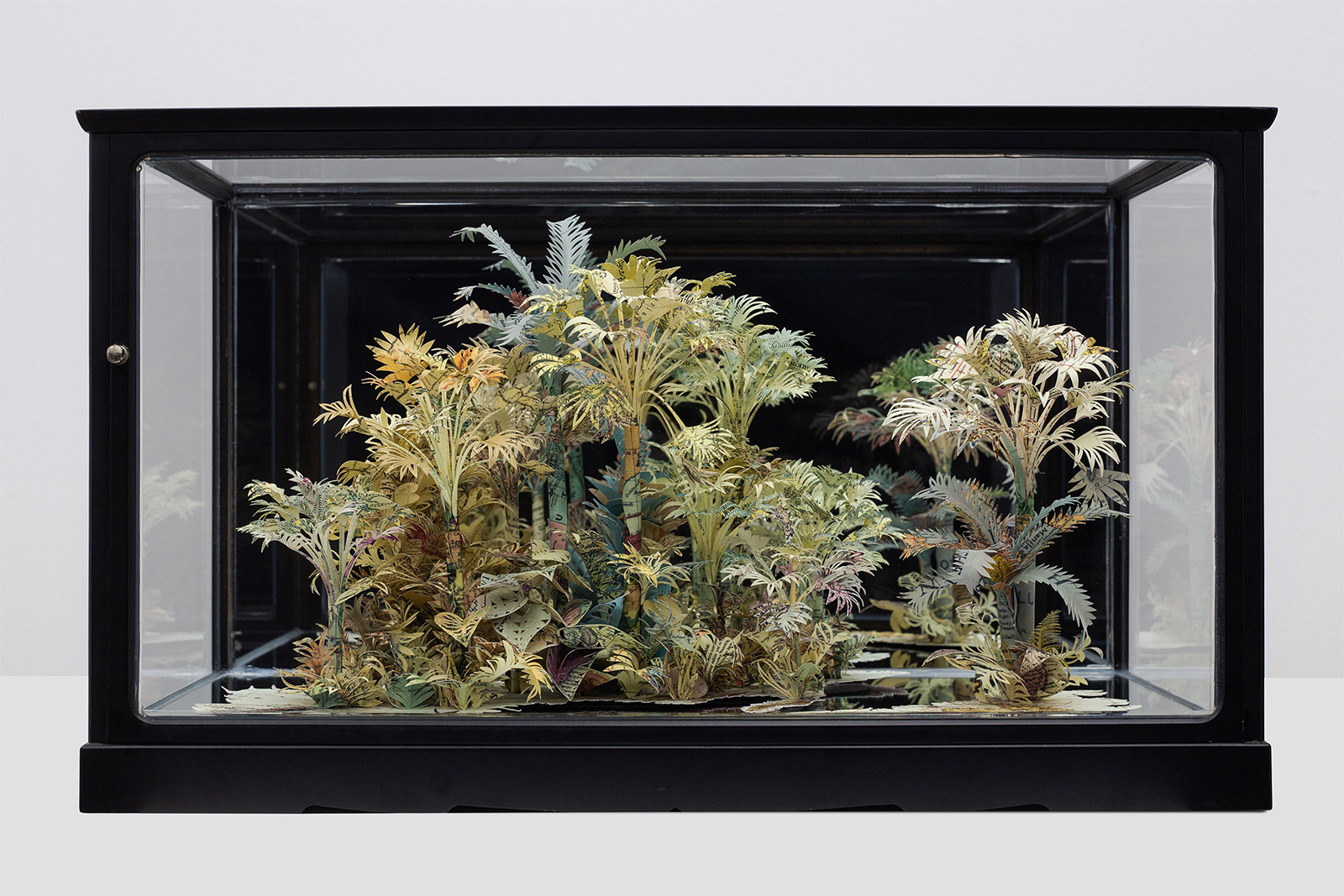
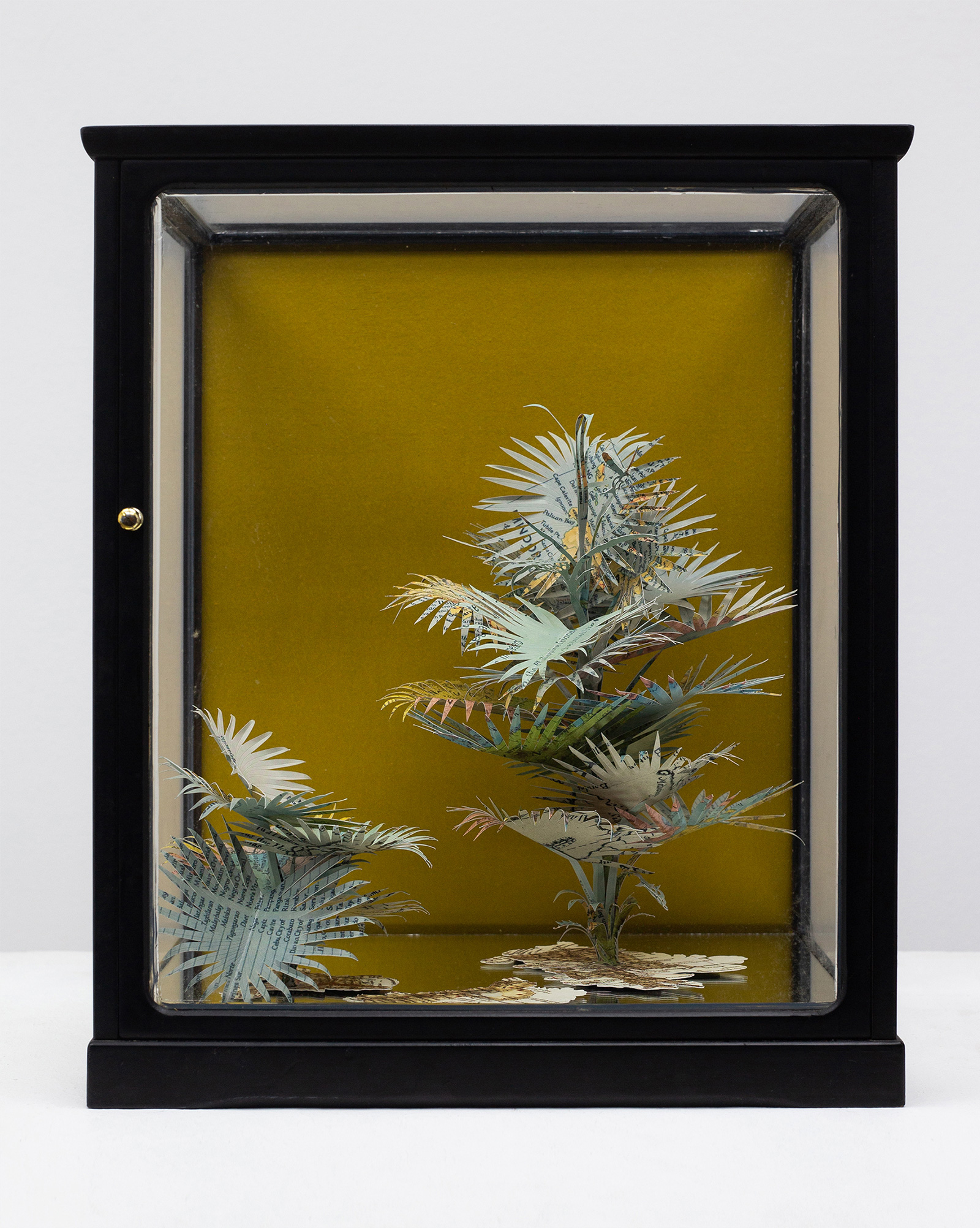
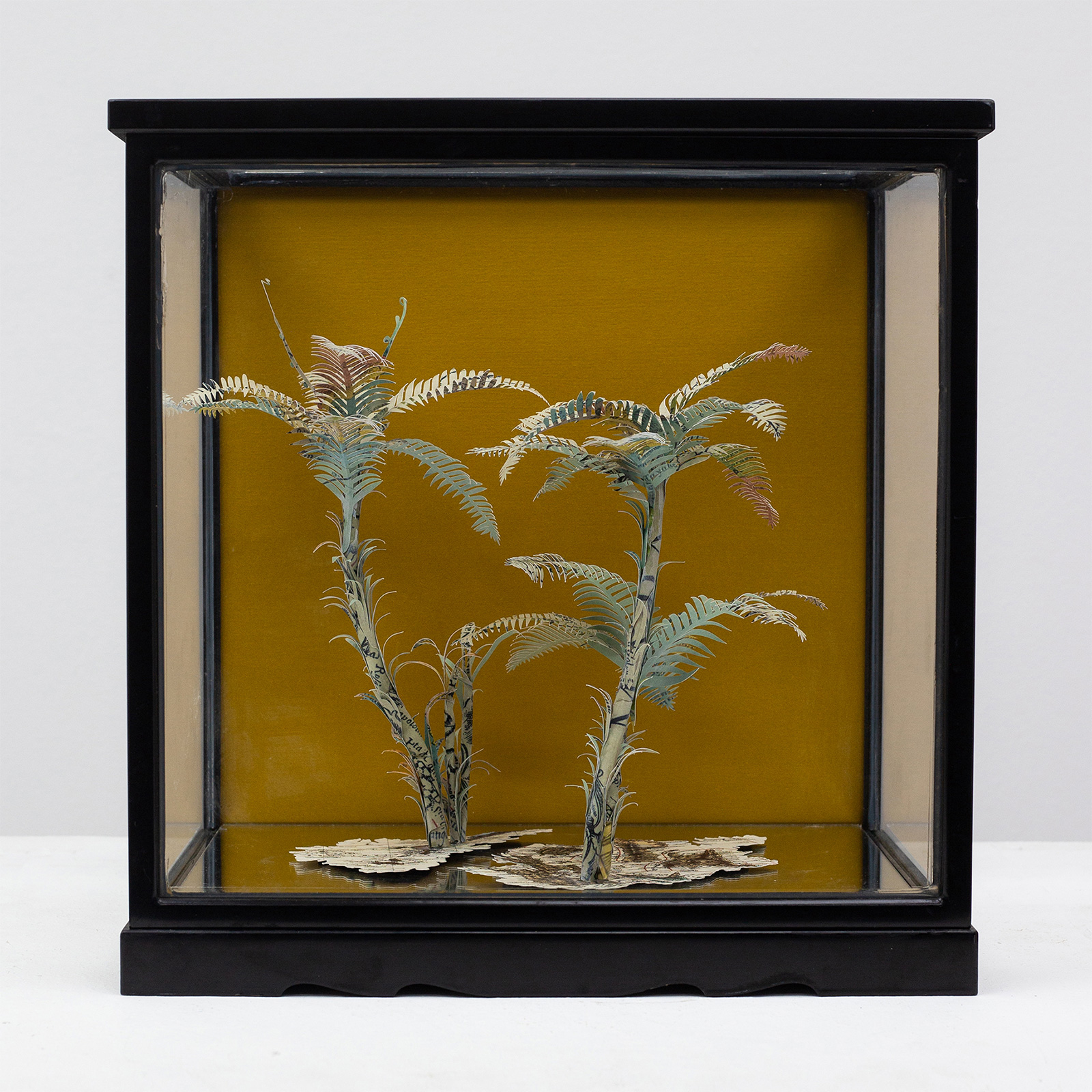
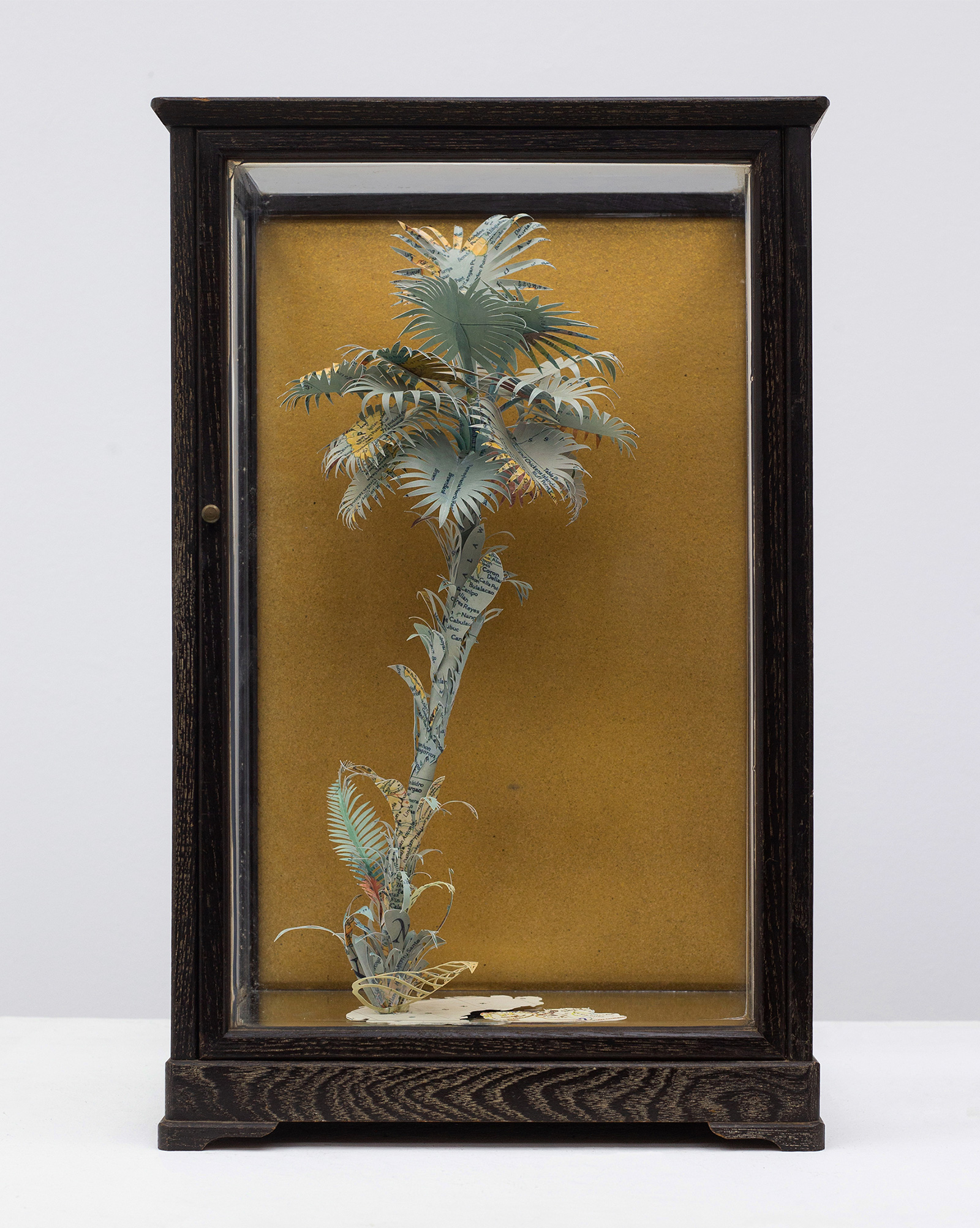
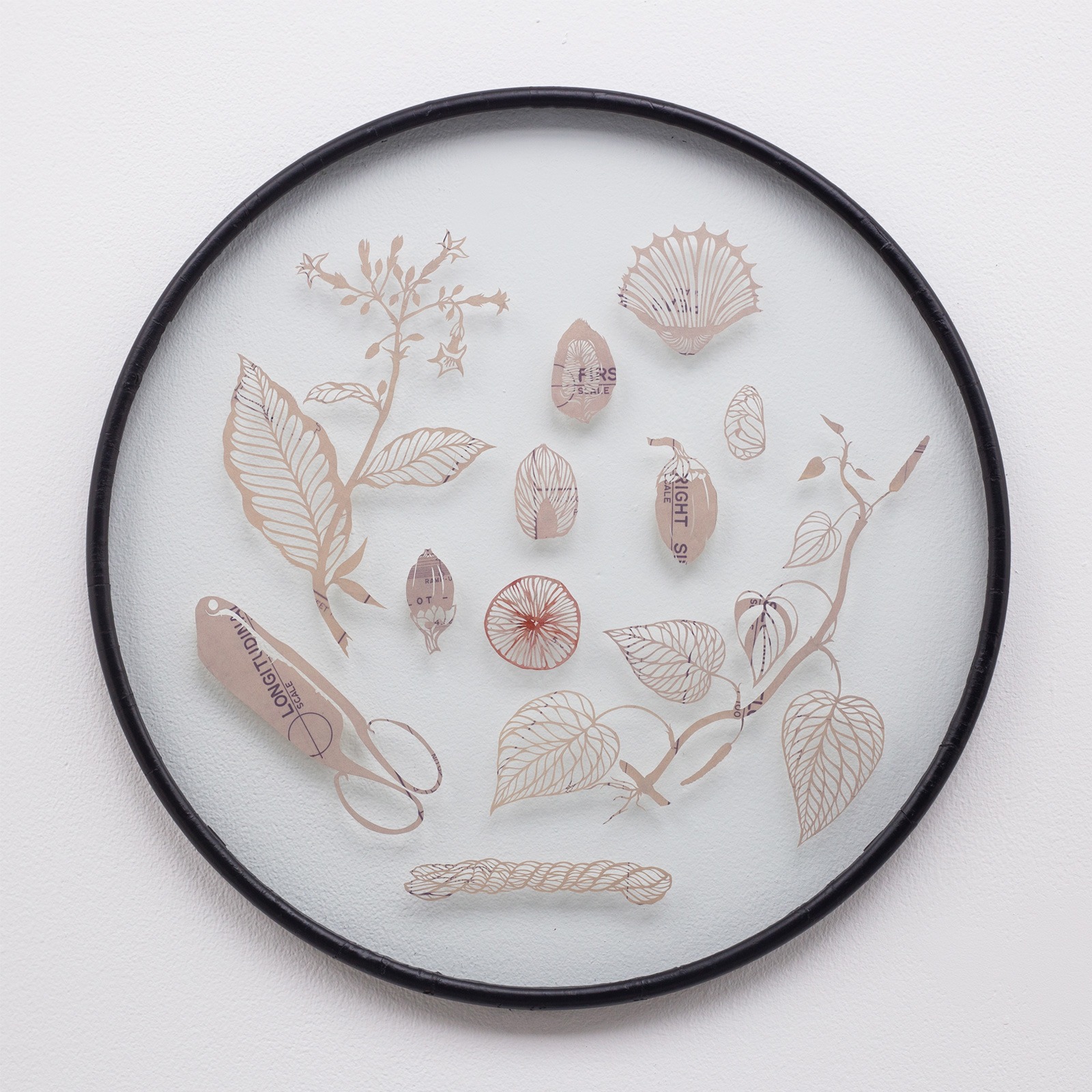
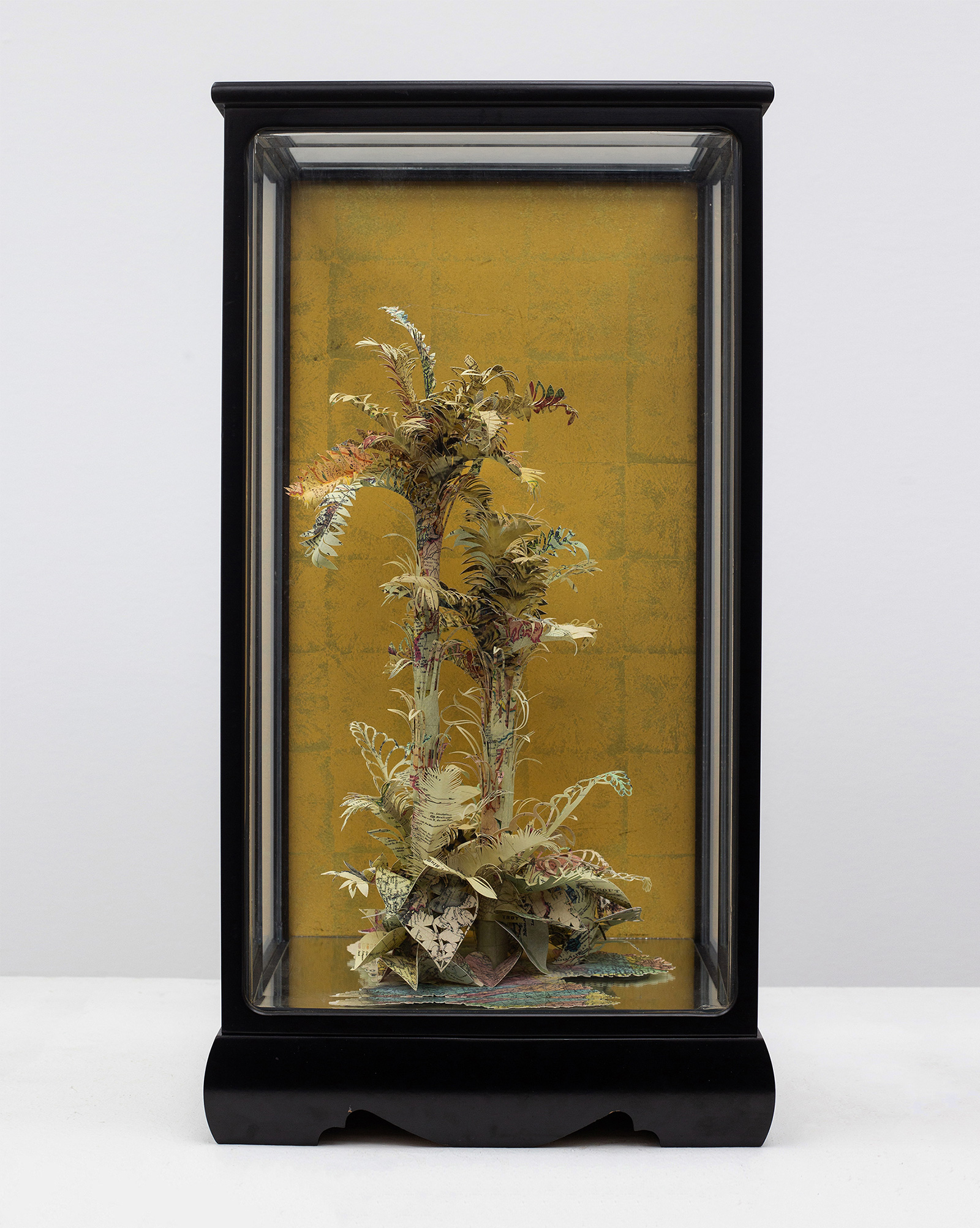
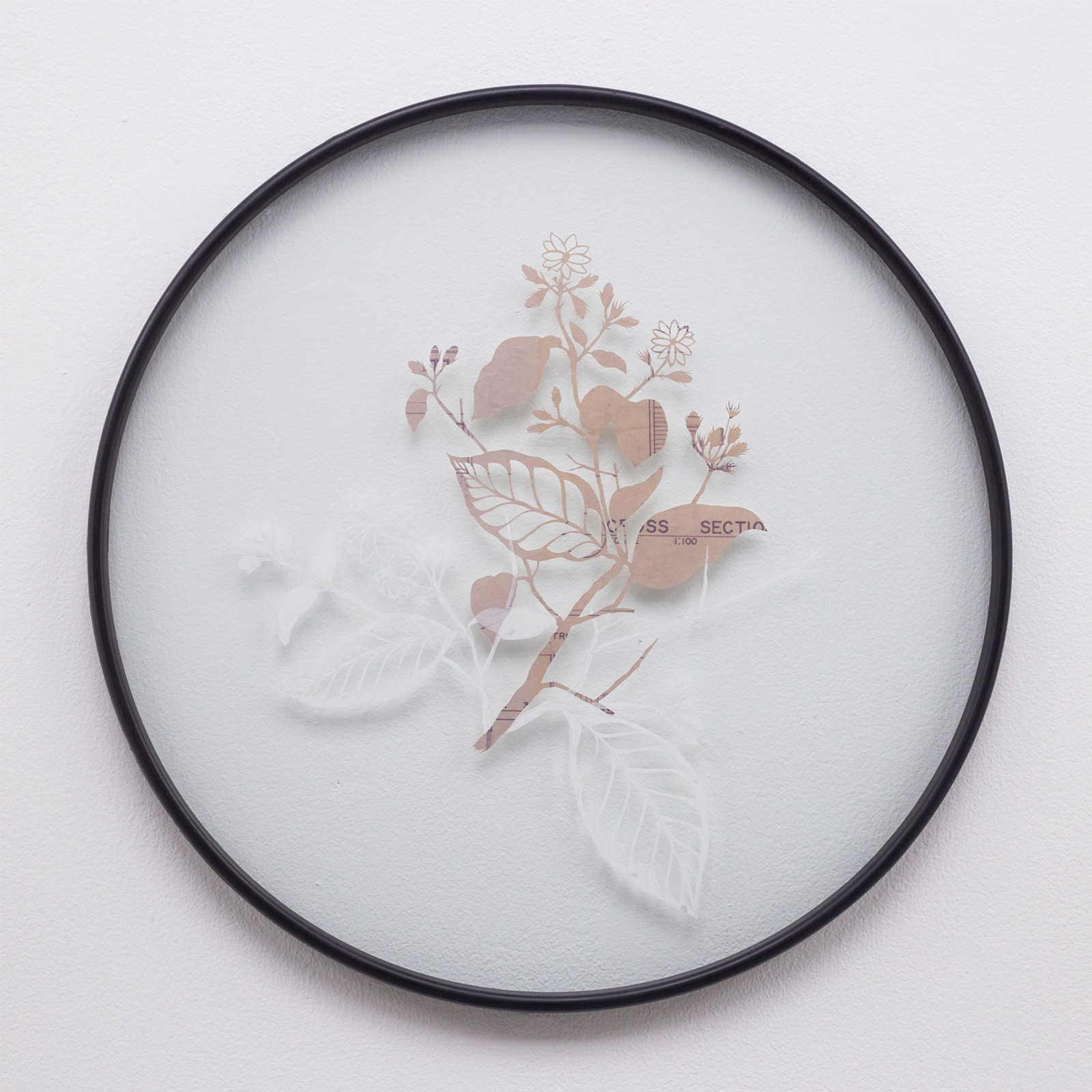
Installation Views
Liv Vinluan Works
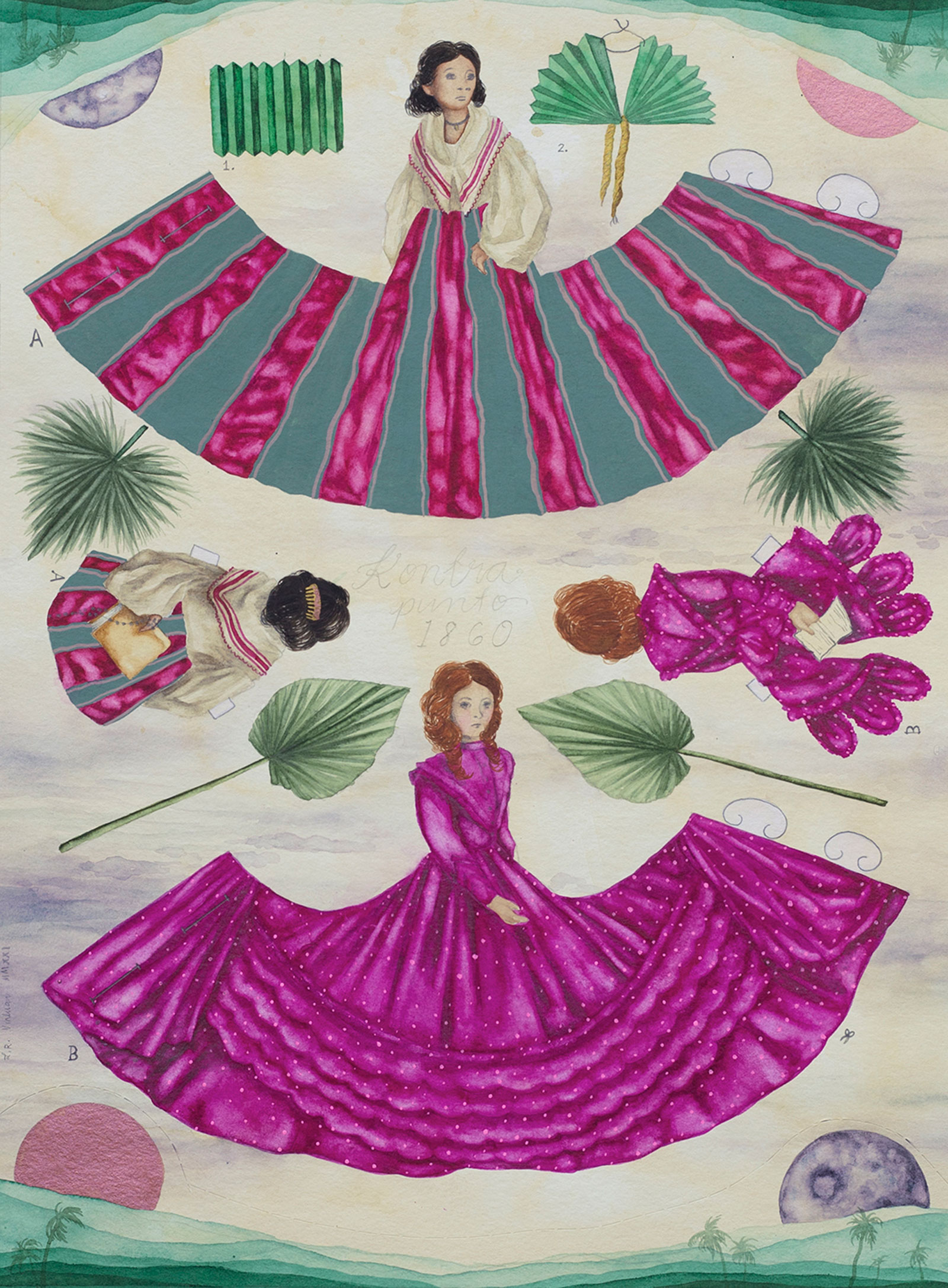
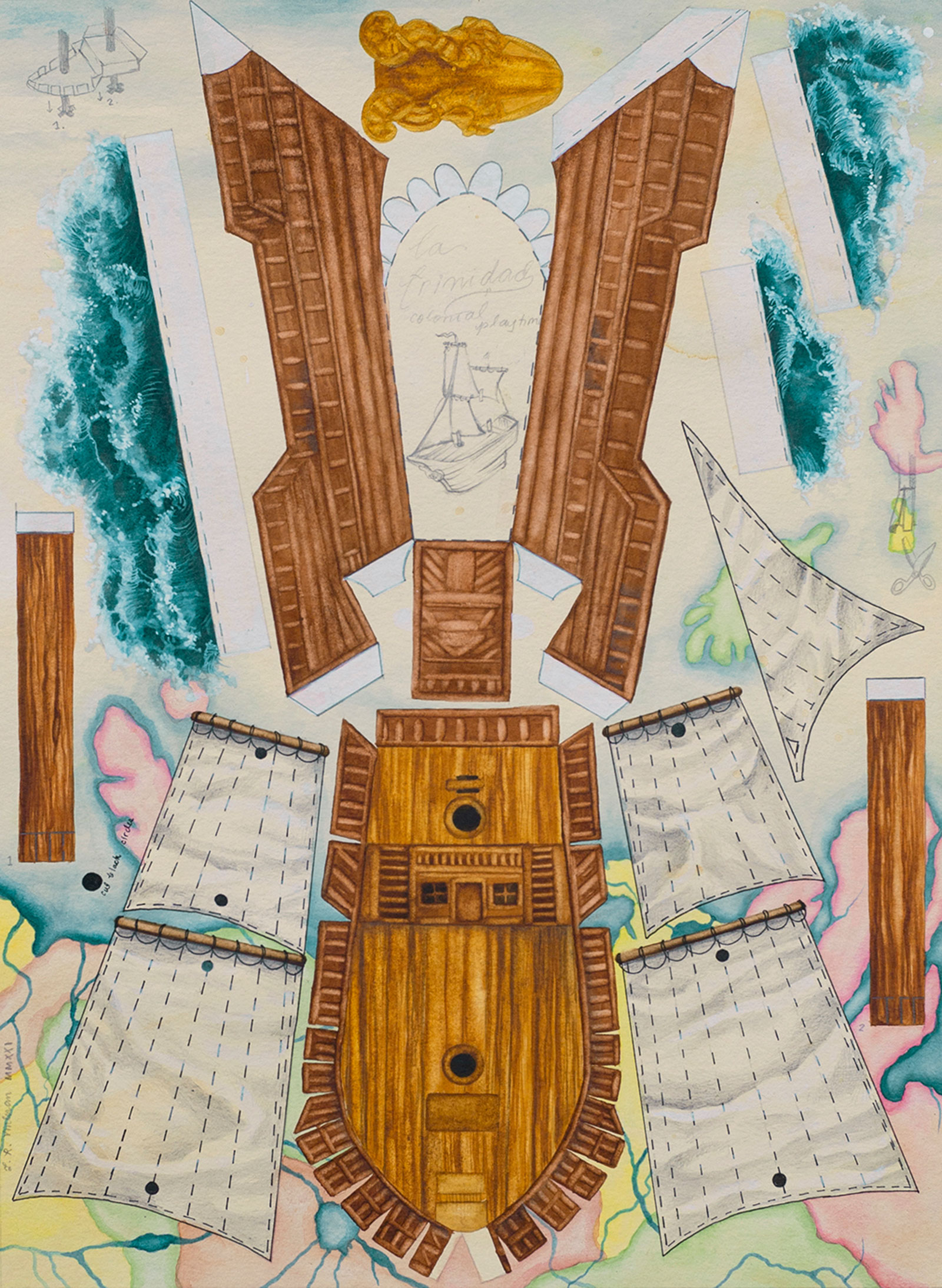
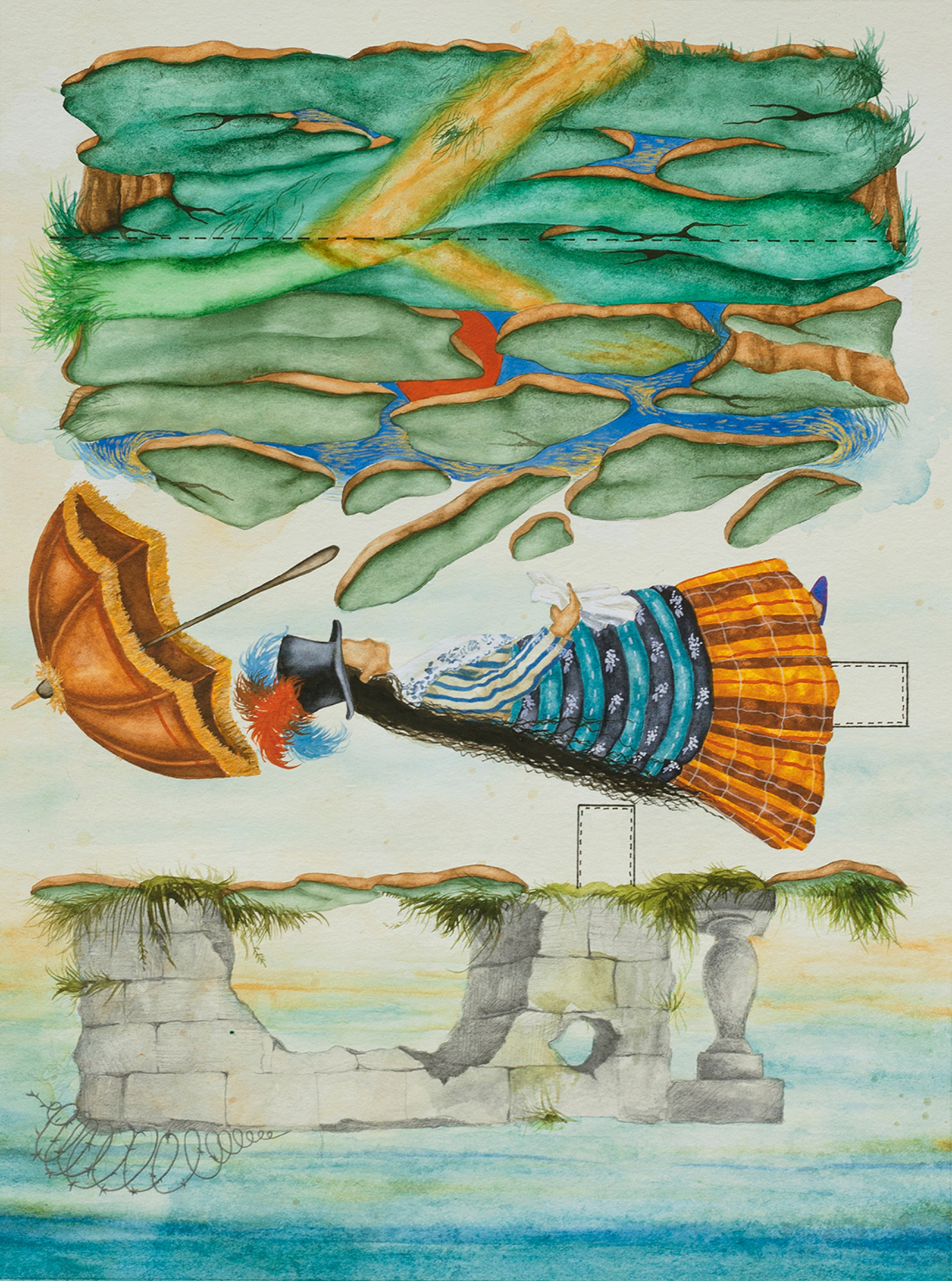
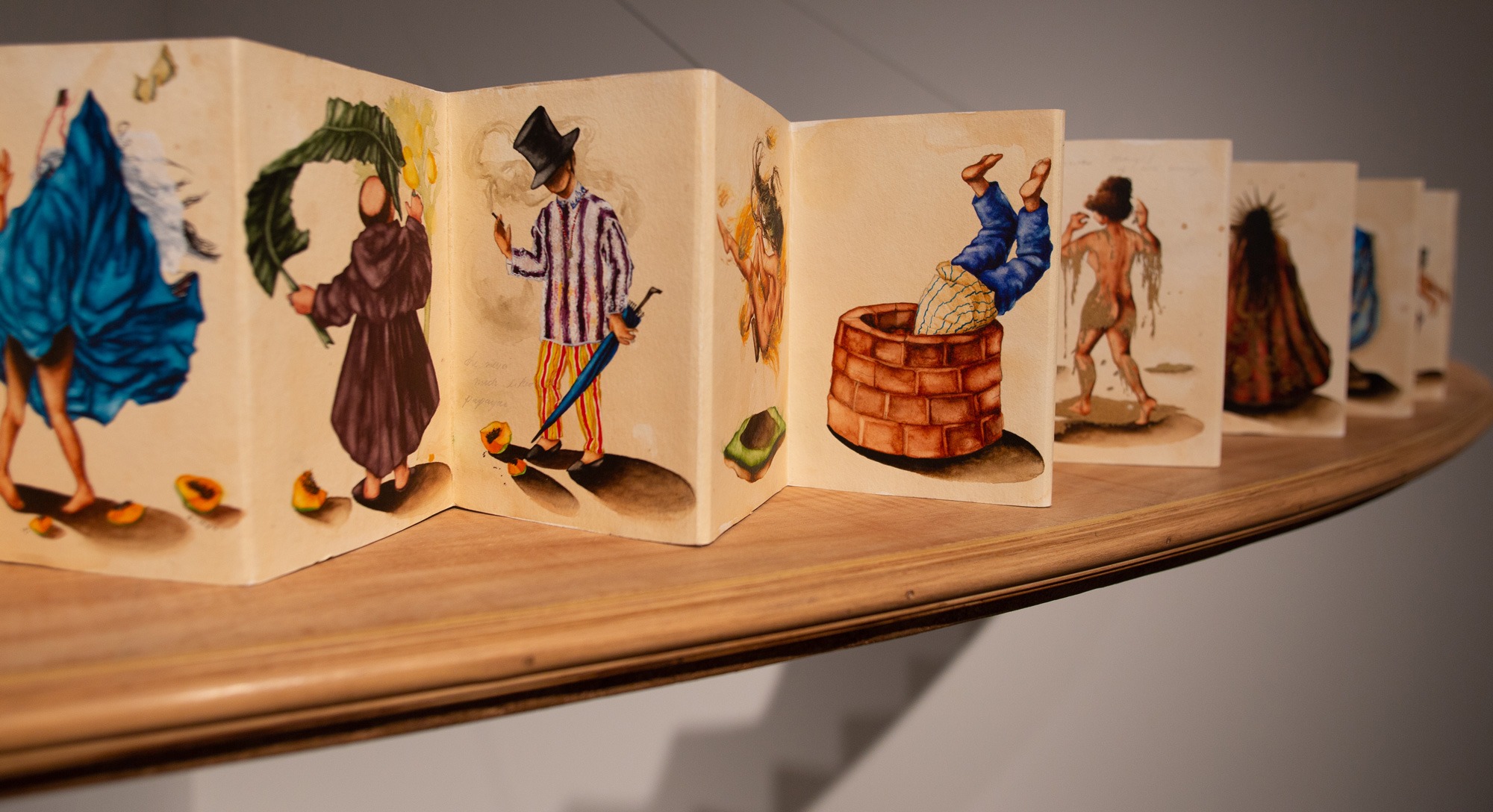
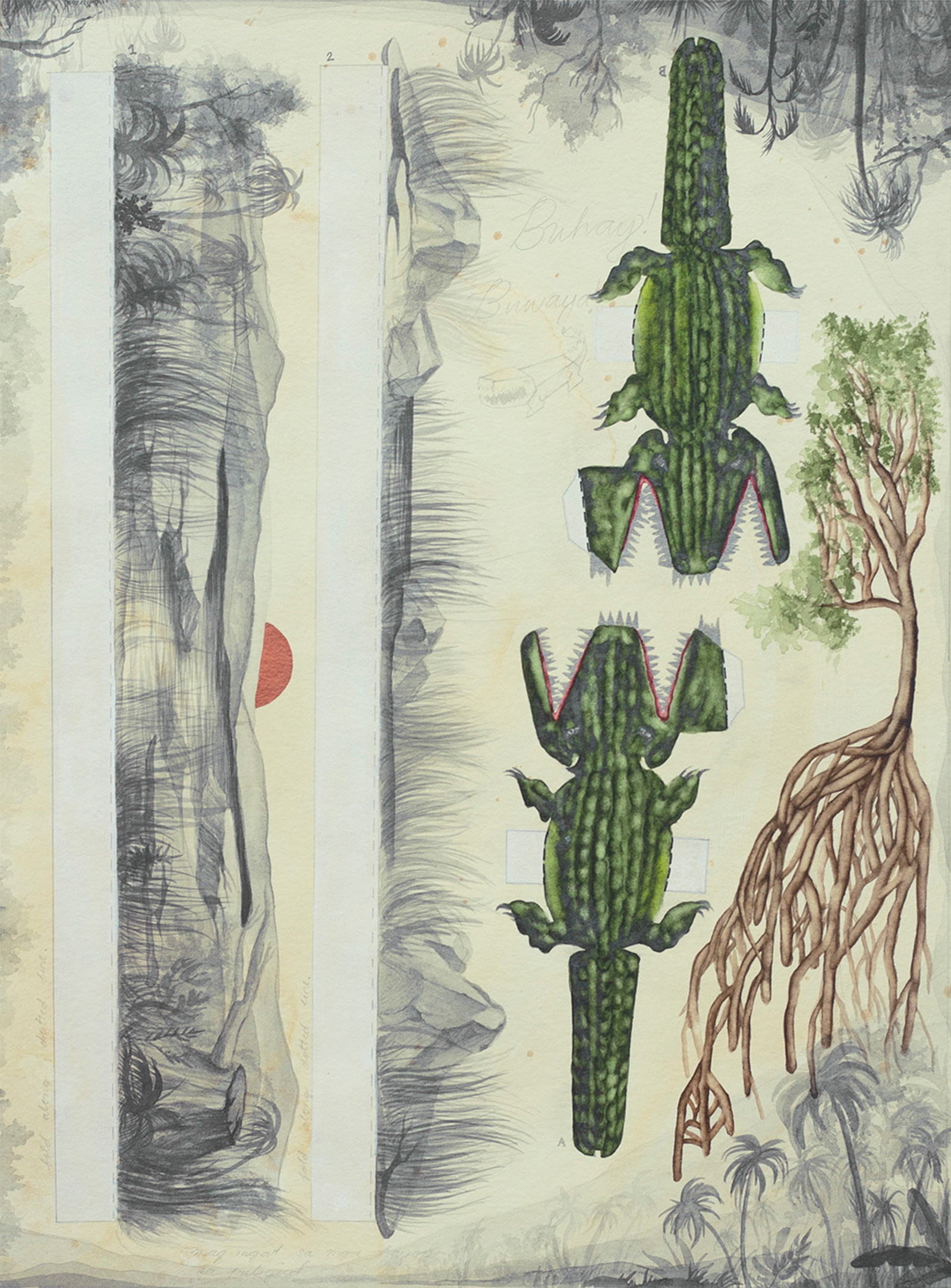
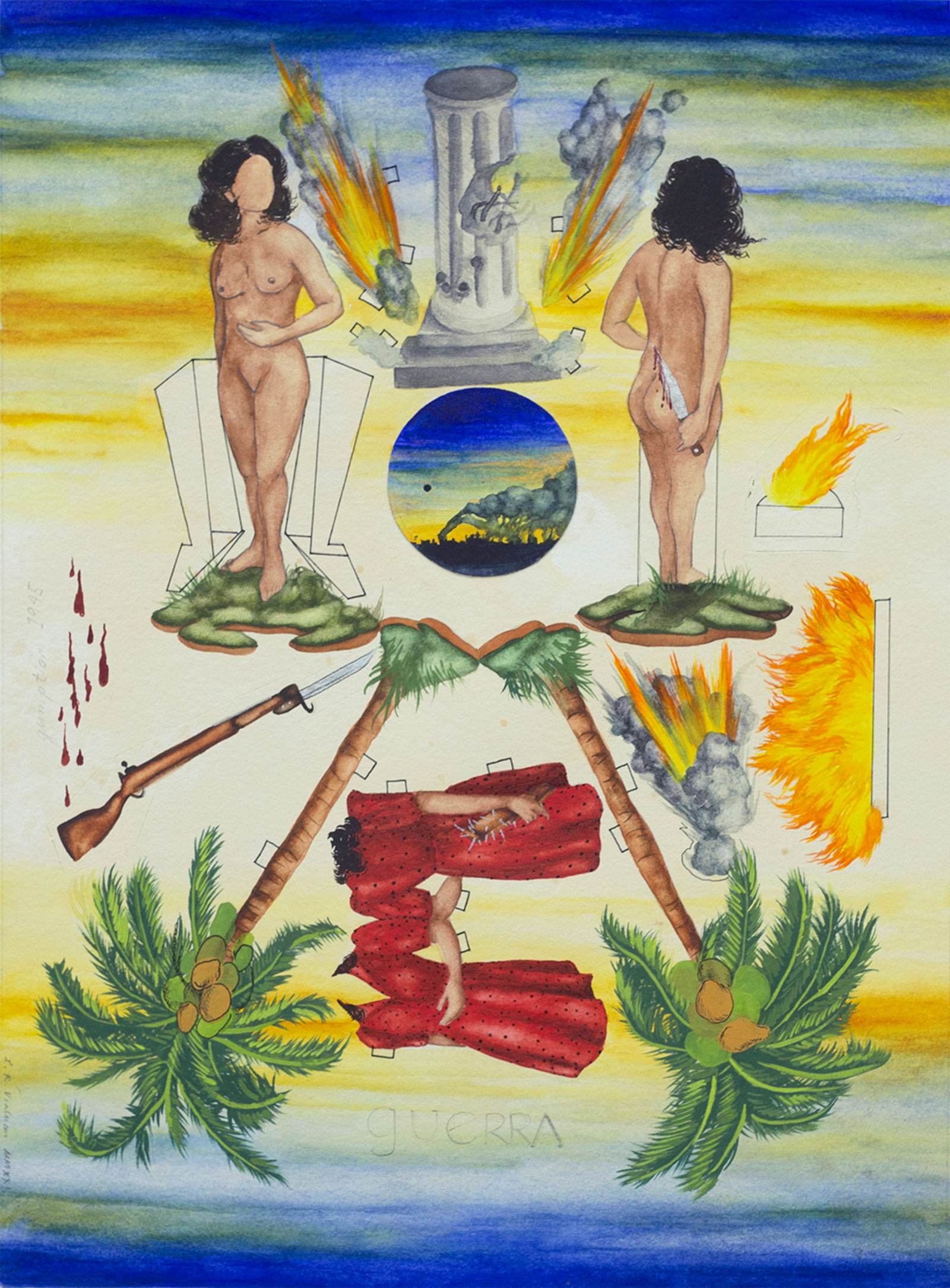
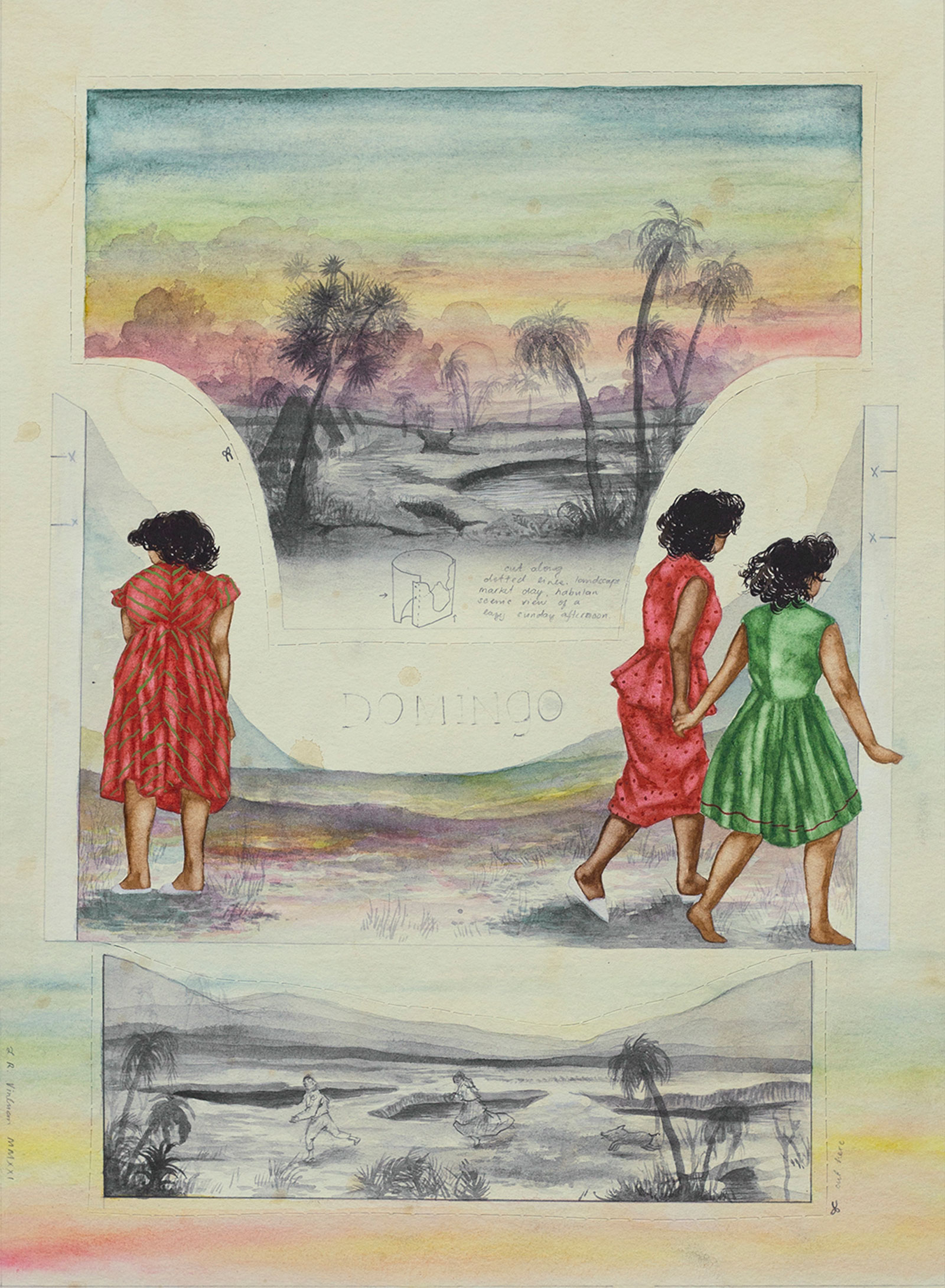
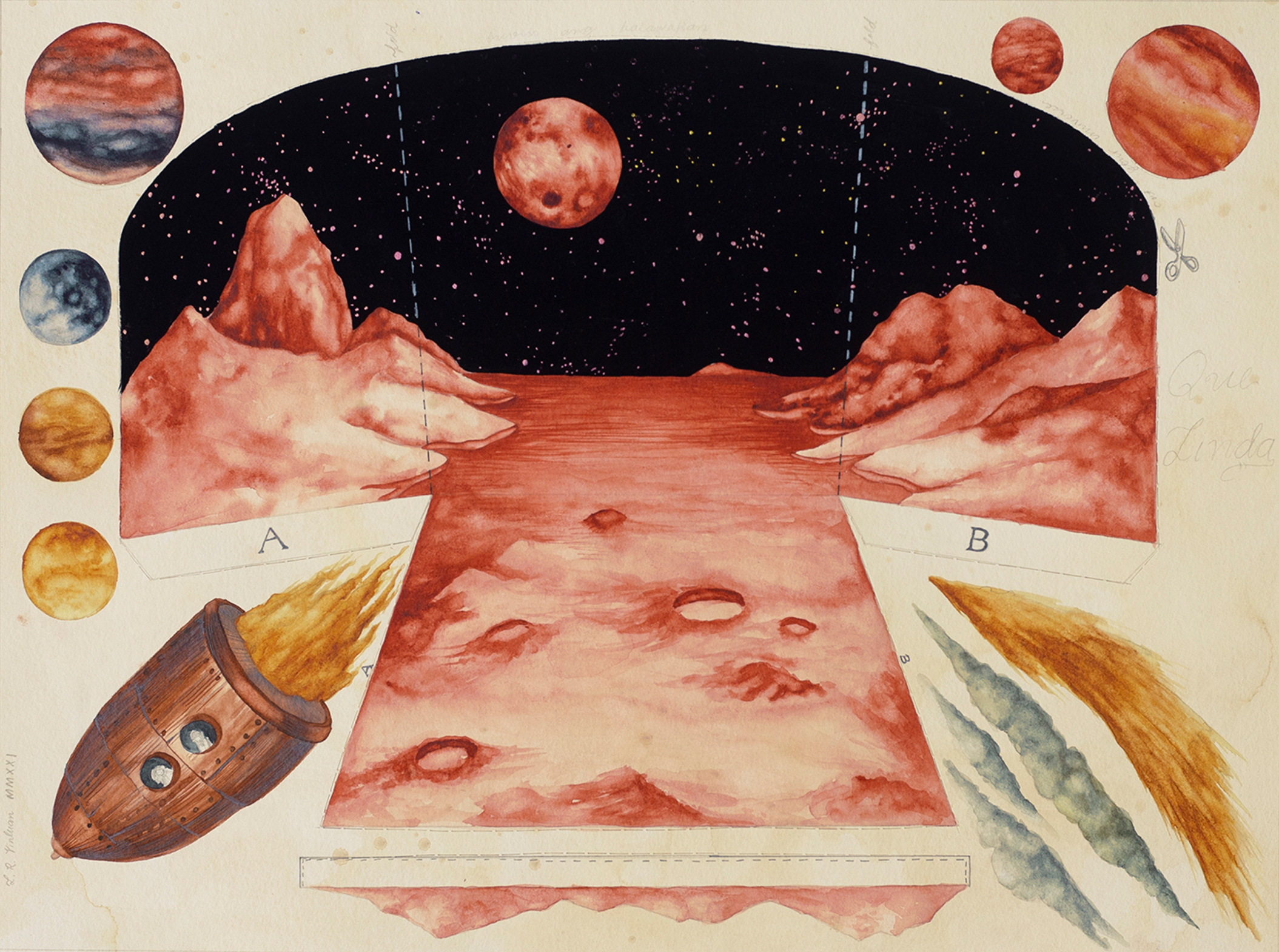
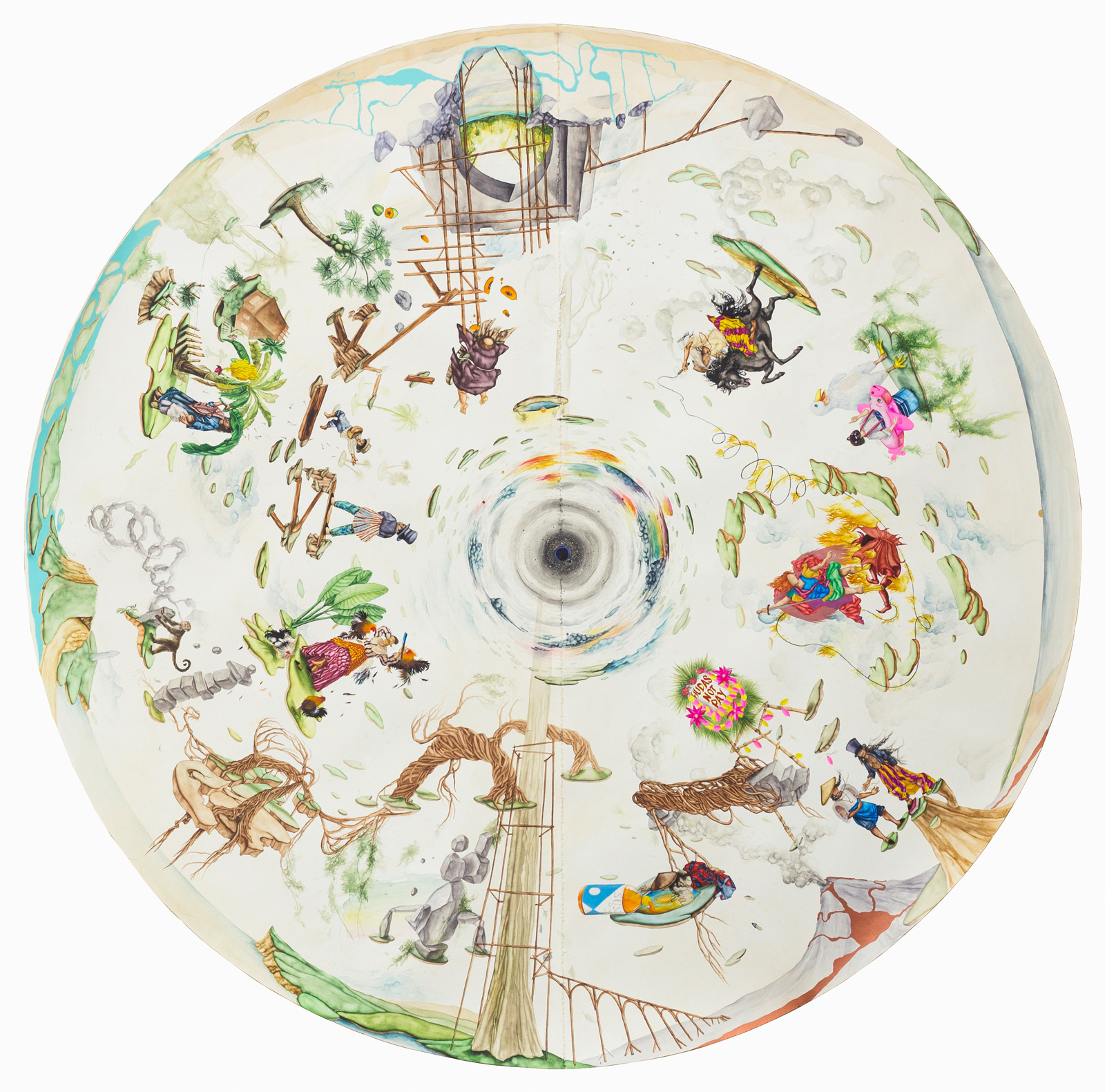
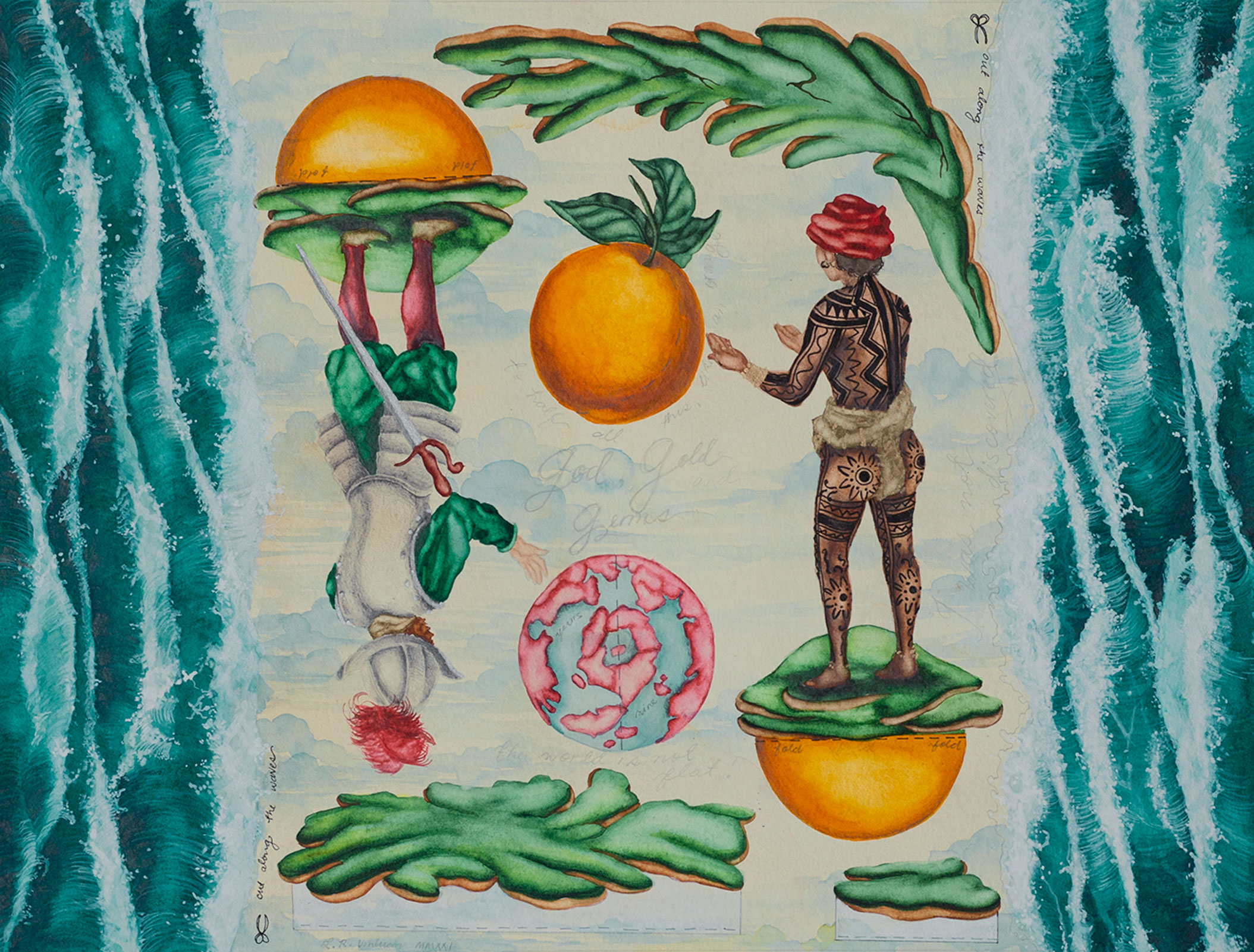
Video
Artists

